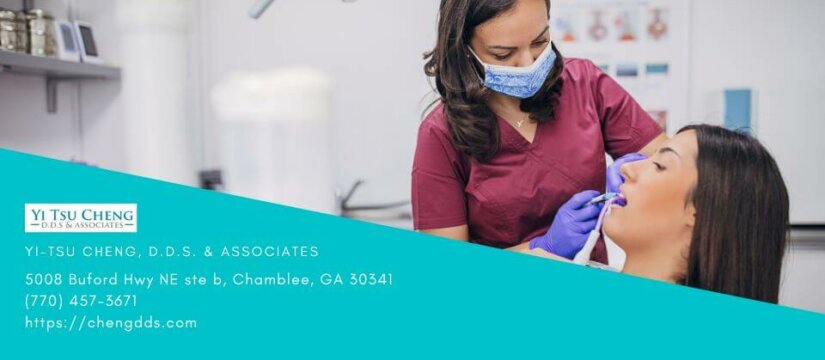
What Does Infected Tooth Extraction Site Look Like?
Getting tooth extraction is a common dental procedure, but it’s always advisable to take good care of the extraction site afterward to prevent any complications. One of the most common complications is an infected tooth extraction site, which if not treated promptly, can lead to more serious problems. In this article, we will discuss what an infected tooth extraction site looks like, ways to prevent infection, and how to treat an infected site before it gets worse.
Tooth extraction is often required to alleviate pain, remove damaged teeth, or treat a dental infection. After the extraction, the dentist will advise you on how to take care of the extraction site to avoid complications. One of the most common risks is an infected tooth extraction site, which can cause pain, swelling, and even tooth loss. Knowing what infected site looks like is crucial in identifying and treating it.
What is an Infected Tooth Extraction Site?
An infected tooth extraction site occurs when bacteria enter the empty socket, causing inflammation and infection around the extraction site. An infected site may feel sore, tender, and painful, with swelling around the affected area. If left untreated, the infection can spread to other parts of the mouth, leading to more severe tooth problems.
Symptoms of an Infected Tooth Extraction Site
Determining whether you have an infected tooth extraction site is crucial to address the issue promptly. Here are the signs to look out for:
– Pain: A throbbing or sharp pain at the extraction site is one of the most common symptoms of an infection.
– Swelling: The gum surrounding the extraction site can become swollen, and there could be a small pus-filled bump near the wound.
– Redness: The gums could become red, and you might feel a warm sensation near the affected area.
– Fever: An infected tooth extraction site can also cause a fever, which could indicate that the infection is spreading.
Ways to Prevent Infection
Preventing an infected tooth extraction site is essential in maintaining good oral health. Here are some tips to help reduce the risk of infection:
– Avoid smoking or using tobacco products for at least a week after the procedure.
– Follow the aftercare instructions provided by the dentist, such as keeping the extraction site clean and dry.
– Avoid consuming hot or cold food and drinks immediately after the procedure.
– Avoid activities that could dislodge the blood clot, such as sucking through a straw or spitting too forcefully.
– Maintain good oral hygiene by brushing and flossing daily to keep the extraction site clean.
How to Treat an Infected Tooth Extraction Site
If you think that you have an infected tooth extraction site, it’s essential to visit a dentist right away. Here are some treatments that may be recommended:
– Antibiotics: The dentist may prescribe antibiotics to help clear the infection and prevent it from spreading.
– Drainage: The dentist may need to open and drain any pus-filled bumps around the extraction site.
– Warm saltwater rinse: Rinse your mouth several times a day with warm saltwater to help clear the infection and reduce swelling.
FAQs
Q: How long does it take for a tooth extraction site to heal?
A: Typically, it takes about two weeks for the extraction site to heal entirely. However, complete healing may take longer for some individuals.
Q: Can I eat after a tooth extraction?
A: Yes, but avoid hard, crunchy, spicy, and sticky foods that could dislodge the blood clot and cause swelling or bleeding.
Q: Will getting an infected tooth extraction site hurt?
A: Yes, a dental infection can cause pain and discomfort, and the infected site may be more sensitive to pain.
Conclusion
Getting a tooth extraction can be stressful, but proper care during the healing process can minimize the risk of complications such as an infected tooth extraction site. Remember to follow the aftercare instructions provided by the dentist to reduce the risk of infection. If you experience any signs of an infected site, seek prompt dental attention to avoid more severe health problems.
DISCLAIMER: The advice offered is intended to be informational only and generic. It does not offer a definitive diagnosis or specific treatment recommendations for your situation. Any advice provided is no substitute for proper evaluation and care by a qualified dentist.
